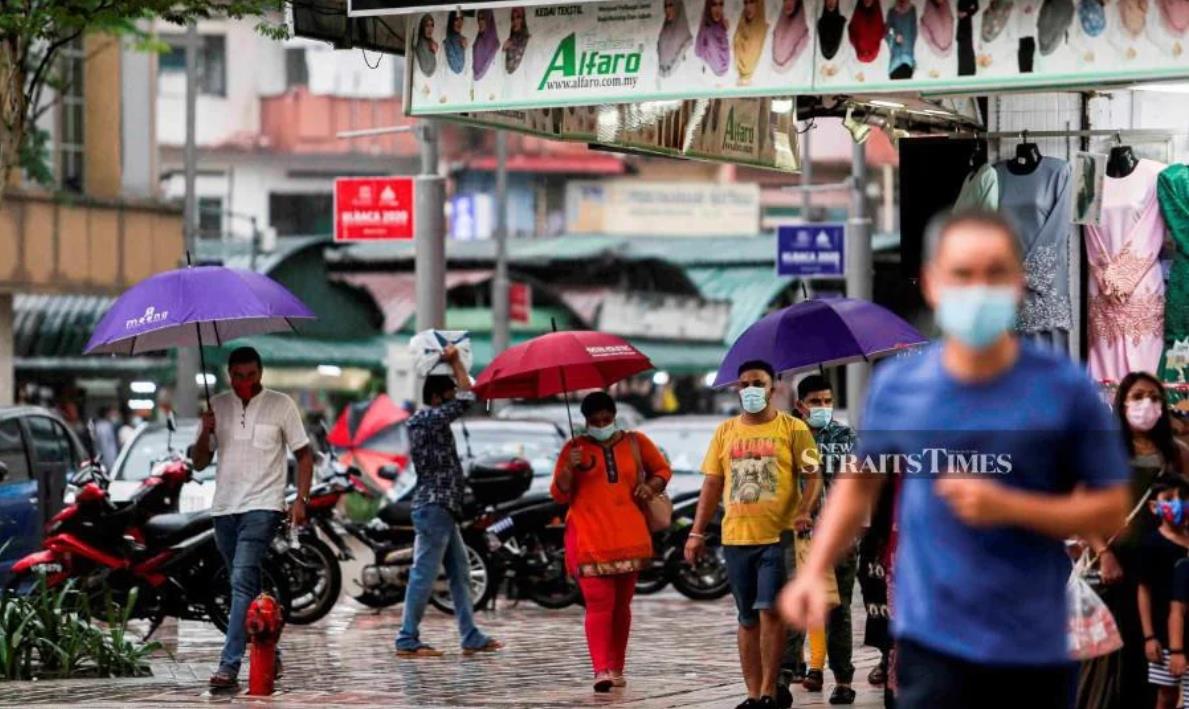4th wave looms, warns expert

By Veena Babulal - April 7, 2021 @ 9:19am
KUALA LUMPUR: Should Malaysia experience the dreaded fourth wave of the Covid-19 pandemic, it will most likely come from borders being reopened to allow for interstate travel.
In suggesting this, epidemiologist Dr Malina Osman said this was based on the number of cases recorded and infectivity rates that had spiked to 1.01 from 0.8 recently.
A Ramadan or Hari Raya Aidilfitri exodus, she said, would likely trigger a fourth wave of the pandemic in the country.
"I believe the government should defer lifting interstate travel restrictions until 50 per cent of the 9.4 million population of at-risk groups in Phase 2 of our inoculation drive are vaccinated and our active cases are manageable.
YOU MAY ALSO LIKE
Laws, present SOP sufficient in managing third wave of Covid-19 cases
1,275 new Covid-19 cases today
Dine-in services allowed to resume from tomorrow [NSTTV]
Experts: Health Ministry's current Covid-19 treatment model is working well
"If they are still at four or five digits, this would be a gamble and could cripple our health services which are still coping with the effects and exhaustion from addressing the third wave, which has yet to end, despite it tapering off somewhat earlier."
Dr Malina, who is associate professor at Universiti Putra Malaysia, said the number of critically ill patients, especially those on ventilators, had been on the rise over the past two weeks.
On Monday, Health Minister Datuk Seri Adham Baba said that of the 1,146 Intensive Care Unit beds in 63 hospitals handling Covid-19 patients, 540 beds were occupied by those with severe symptoms.
Dr Adham had earlier voiced concern that the infectivity rate, which went beyond 1.0 over the weekend, would rise to 1.2.
This was based on the 1,349 cases recorded on Sunday, 1,638 on Saturday and 1,294 cases on Friday.
Dr Malina also said the number of cases and the emergence of more education and workplace clusters were dangerous signs.
She said infectivity rates showed that the standard operating procedures (SOP) in place by the authorities had not been adhered to over the past two weeks.
The period overlapped with the school holidays, which saw increased public movement and social gatherings through inter-district travel, weddings and shopping excursions.
Dr Malina said that while the second Movement Control Order (MCO 2.0) had led to a consistent decrease in infection patterns from early February until mid-March, she, nevertheless, warned that the tide might be turning.

Dr Malina Osman.
"Since inter-district travel was allowed from March 5, we have observed a plateau in infection patterns for almost three weeks until yesterday (Monday).
"Schools opening and workplace clusters have also contributed to new cases," she said, referring to the 41 Covid-19 clusters from schools and universities since January with 2,268 cases to date.
"Behavioural patterns in terms of not practising physical distancing rules, poor surveillance and monitoring of the public, employers and even local authorities, could also trigger a fourth wave."
The third wave began in September last year with Covid-19 cases peaking at 5,000 cases in late January, before dropping to its lowest number of daily cases on March 29 with 941 cases.
Dr Malina, however, did not discount the possibility that the South African variant of the virus, of which nine cases had been detected in Malaysia, could gain a foothold in the country and exacerbate a fourth wave.
However, Malaysian Public Health Physicians Association president Datuk Dr Zainal Ariffin Omar was more optimistic, saying that there was no data from the Health Ministry to suggest a significant presence of mutant or new variants of Covid-19.
"We should continue education, enforcement, community surveillance of cases and adhering to the SOP as well as do more FTTIS (find-test-trace-isolate-support)," he said, adding that there should be more engagement with the community.
He said interstate travel could be allowed provided there was strict adherence to the SOP.
He said it was difficult to tell whether Malaysia was on the cusp of a fourth wave due to the erratic nature of the cases reported.
"We see cases and clusters from schools and in the community. It (the rise in number of cases) is expected to happen since many cases are already there with the opening of many social and economic sectors."
